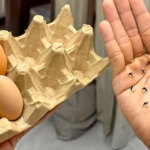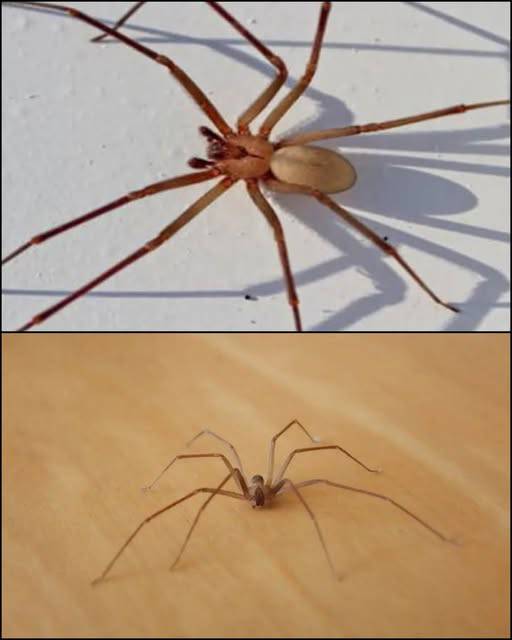
Known for being elusive, solitary, and nearly impossible to spot, this spider keeps to itself—yet a single bite can cause serious skin damage. The brown recluse doesn’t seek conflict, but when it feels threatened, it can be surprisingly dangerous. So, what’s the real story behind this infamous spider that has sparked so much discussion, even in our own regions?
The brown recluse spider: a discreet one with the appearance of a violin
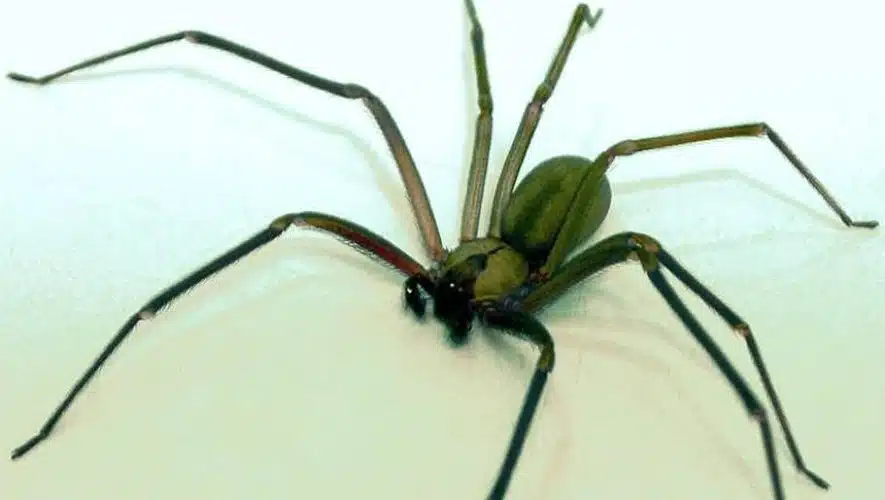
A tiny brown spider, no larger than a 10-cent coin, hides in the dark. Its defining trait? A violin-shaped mark on its back, earning it the nickname “violinist spider.”
Part of the Loxosceles genus, it stands out with six eyes instead of the usual eight. Its velvety brown body camouflages seamlessly, and it moves only at night—silent, elusive, like a shadowy thief.
A rare but potentially very serious bite

The brown recluse isn’t aggressive and avoids confrontation. However, if threatened, it bites.
Its venom destroys skin cells, sometimes causing severe wounds, fever, or vomiting. While healing can take weeks and may leave scars, serious cases are rare with prompt treatment.
Where does she live? Well-chosen hiding places
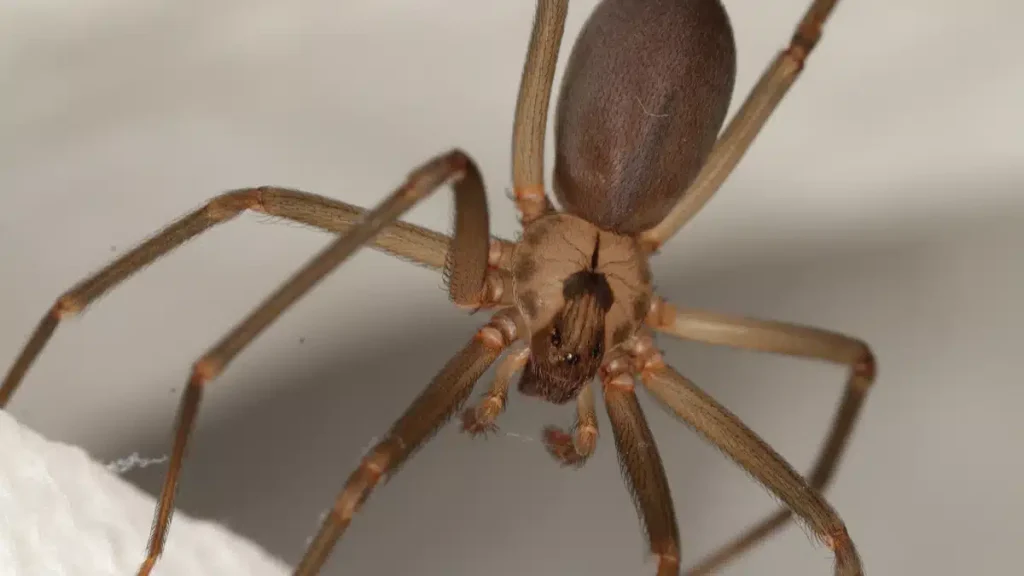
The brown recluse spider favors dark, dry, and hidden spaces, from woodpiles outside to attics and garages indoors. Despite its fearsome reputation, it’s a shy creature, spinning webs for shelter rather than trapping prey, and only emerging at night to hunt.
A Carnivorous and Opportunistic Feeder
The brown recluse isn’t fussy about its food. It primarily preys on insects such as crickets, cockroaches, and mosquitoes, but will also consume already-dead bugs. Incredibly resilient, this spider can go months without food or water, particularly during the winter when food is scarce.
A discreet but prolific reproduction
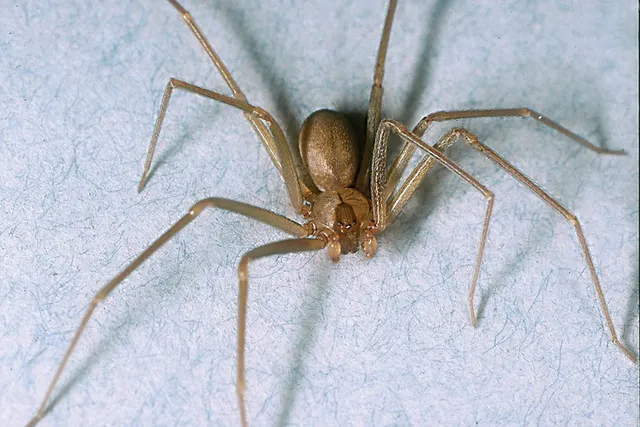
Mating season kicks off in spring, with females laying eggs as many as five times per year. Each batch consists of around forty eggs, carefully placed in a small, silky cocoon. After about a month, the young hatch and go through multiple molts before reaching full adulthood. A brown recluse can survive for up to two years—remaining well hidden the entire time.
How to React to a Suspicious Bite?
If a bite worsens or doesn’t heal, seek medical help immediately. In the case of a brown recluse or similar venomous spider, prompt treatment can reduce risks.
Stay calm—serious cases are rare. While brown recluse spiders are not aggressive, it’s best to avoid disturbing them. Though uncommon in France, caution is always wise.

